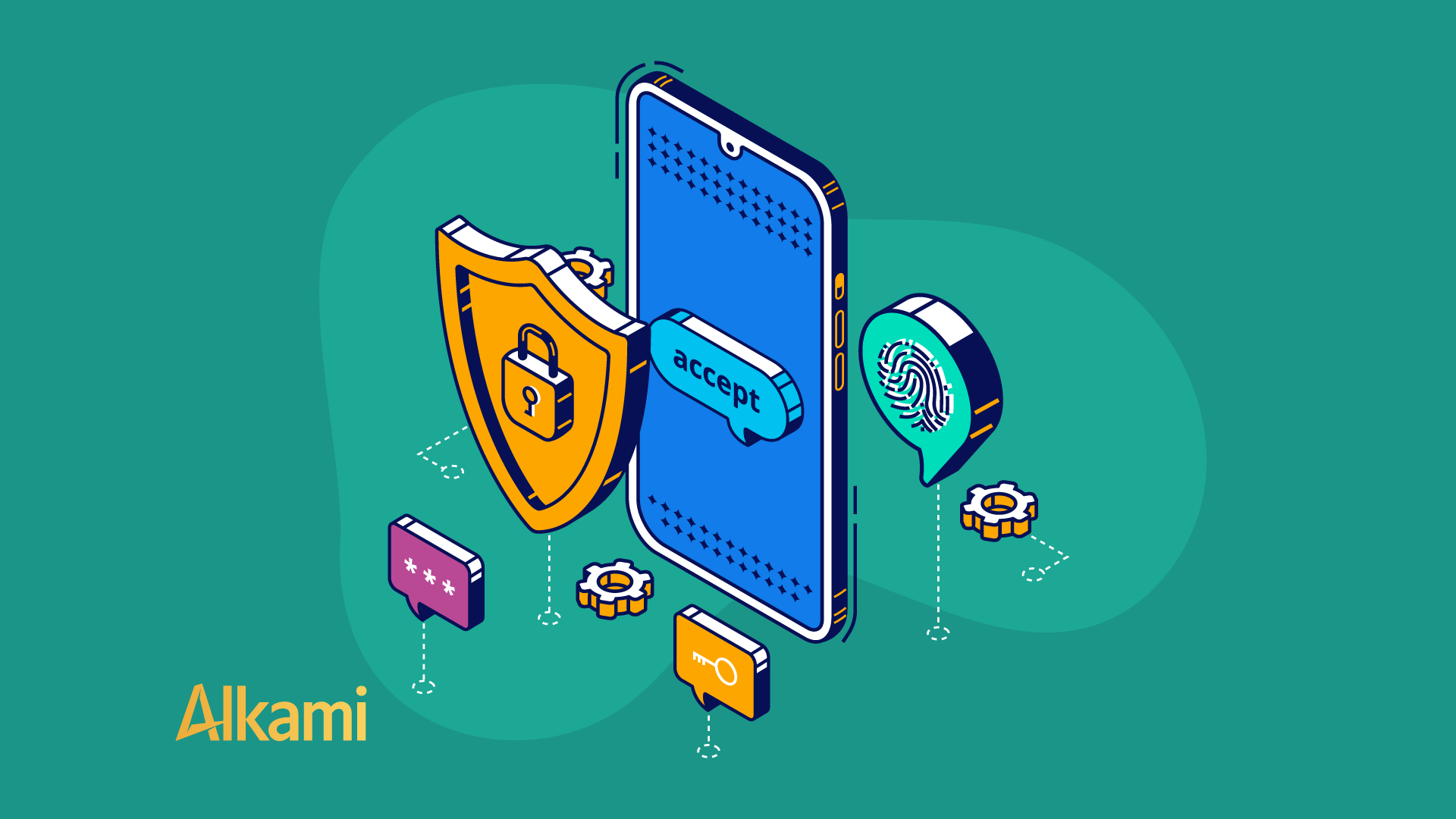Navigating the complexities of Automated Clearing House (ACH) transactions can be akin to deciphering a bowl of alphabet soup for many financial institutions and their commercial clients. The array of Standard Entry Class (SEC) codes—ARC, BOC, POP, WEB, TEL, CCD, CTX, PPD—plays a crucial role in categorizing ACH transactions, yet their significance often goes unnoticed in some commercial banking solutions. Proper application of these codes is not just a matter of regulatory compliance; it’s a strategic approach to minimizing financial risks for billers and online sellers.
At the heart of every ACH transaction is the process of authorization. Whether it’s a payer, policyholder, borrower, or client, the Receiver authorizes the Originator—be it a biller, employer, or merchant—to debit or credit their bank account. This transaction could be a push of funds (like a refund or payroll) or a pull from the Receiver’s account. What’s critical to understand here is the distinction between consumer and corporate transactions and the method of authorization used, which is where SEC codes come into play.
The SEC code describes how a payment was authorized and whether the Receiver is a consumer or a commercial business. These codes determine the nature of the transaction and, by extension, the protocols that govern it.
For example, the recurring ACH debit for your monthly residential utility bill (natural gas, electricity, water) uses either the PPD or WEB code, standing for Prearranged Payment and Deposit Entry or Internet-Initiated Entry respectively, indicating the utility has authorization to debit money from your account. Similarly, businesses may also allow recurring debits to their financial account for set, recurring amounts, such as a commercial lease or mortgage or variable amounts, such as a utility bill, through the CCD code, Commercial Credit or Debit.
It’s mandatory for all ACH payments, both credits and debits, to include a SEC code with the ACH Entry. Given their specificity, most commercial accounts will only use a few different SEC codes for their payments.
SEC codes don’t relate to the Securities and Exchange Commission but are integral to the ACH payment process. It’s the responsibility of the Originating Depository Financial Institution (ODFI) to include the correct SEC code in the ACH payment. These codes are part of the Nacha file format and are crucial for the proper authorization of transactions. The nature of this authorization varies with the SEC code and whether the funds are being debited or credited.
Below are descriptions for several of the most frequently encountered SEC codes that commercial businesses might either initiate or receive:
These SEC codes represent the majority of payment-related entries, each with specific guidelines to ensure proper authorization and minimize financial risks.
Incorrect SEC code usage can lead to ACH Returns, placing the responsibility of return fees and payment resubmission with the correct code on the Originator and ODFI. Nacha currently allows 13 SEC codes on ACH payments, each catering to specific transaction types—be it for consumer, retail, business, or government transactions, and whether they’re for one-time or recurring payments, along with the method the authorization was received. The correct application of SEC codes not only ensures compliance but also reduces the Originator’s financial exposure, enhancing the security and efficiency of digital payments.
Mistakenly applying a consumer SEC code to a corporate debit transaction, for instance, inadvertently extends the unauthorized return timeframe from approximately two business days to 60, increasing the Originator’s and ODFI’s risks. This scenario highlights the importance of understanding the distinction between codes like WEB, used for consumer online authorizations, and CCD, for corporate transactions. The financial implications of such errors underscore the need for thorough knowledge of the account and proper application of SEC codes on every transaction.
The integration of accurate SEC code usage in commercial banking solutions for ACH transactions is a testament to the financial institution’s commitment to reducing risk, ensuring compliance, and securing transactions. Financial institutions and businesses must prioritize this understanding to protect against undue financial risks and regulatory scrutiny. As we navigate the evolving landscape of digital payments, Alkami is committed to providing our financial institution clients with a commercial banking solution that allows them to deliver accuracy, compliance, and security, bolstering the trust in the financial ecosystem.
The strategic application of SEC codes in ACH transactions is not just a regulatory necessity but a crucial step towards mitigating financial risk. By embracing a detailed understanding of these codes, financial institutions and their commercial clients can navigate the digital payment landscape with confidence, ensuring every ACH transaction is as secure and compliant as possible.
Learn more about Alkami’s commercial banking solutions and positive pay & ACH reporting solutions. If you want a deeper exploration of our offerings, schedule a demo with us.
